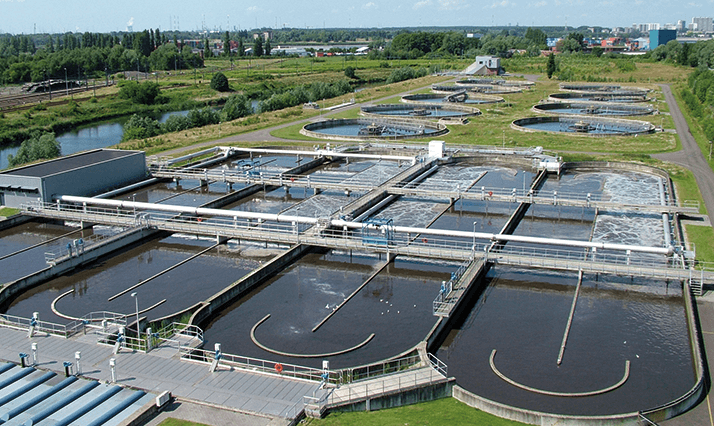
Thanks to substantial investment, the EU has seen considerable improvements in the collection and treatment of wastewater. The downside? It has also increased pressure on current wastewater treatment technologies. Enter FLUORO-BOOST (Fluorescence-Based Optimization Of Sewage Treatment) – a project that aims to “provide the water industry with a robust yet straightforward technique, based on novel developments in the field of fluorescence spectroscopy, to optimize wastewater treatment works performance, to reduce energy consumption and to monitor final effluent quality in real time”. Elfrida Carstea, a researcher at the University of Birmingham, UK, has been working on the project, which comes to a close in October 2015 (1).
“From the beginning of my research career, I was interested in applying fluorescence spectroscopy to water monitoring,” says Carstea. “The technique is fascinating. Its beauty lies in its simplicity; it can provide a quick and effortless view on the composition and characteristics of a particular water sample.” John Bridgeman, a professor of environmental engineering at Birmingham initially came up with the idea for the project following positive preliminary studies (2). “The topic fitted my expertise so we submitted a proposal under the Marie Curie Intra-European Fellowship programme in 2012,” Carstea says, “Not only does the project bring research on wastewater monitoring a step forward, the prestigious fellowship also gives my career a boost!” One current method used for monitoring at wastewater treatment works is the offline five-day biochemical oxygen demand (BOD5) test, which measures the amount of oxygen consumed during the microbiological decomposition of organic material in water. Lower values signal cleaner water; for example, pristine rivers may give a reading of 1–2 mg/mL, whereas untreated sewage could be several hundred mg/mL. Although BOD5 is very commonly used, it is labor intensive, slow to yield data, and insensitive and unreliable at low concentrations, all of which make it unsuitable for online monitoring and process control. Indeed, with an uncertainty in accuracy of 10–15 percent, wastewater treatment works tend to “over treat” water to ensure compliance with regulations – and that’s where potential savings can be made. Replacing the BOD5 method with fluorescence spectroscopy could enable real-time control and adjustment of plant performance, which could in turn cut energy costs by up to 40 percent. To investigate the relationship between BOD5 and fluorescence spectroscopy data, Carstea and the team collected both treated and untreated wastewater samples from five plants at different points along the process train. “We measured BOD5 for all samples and recorded the fluorescence using different bench-top and portable instruments. The large dataset was essential in establishing a good correlation between fluorescence data and BOD5,” says Carstea. “The analysis of the data is in progress, but from what we have seen so far, it challenges our current knowledge about these two parameters. We now know more about the limitations of both techniques and on how to improve fluorescence.” Carstea also discovered that the use of spectroscopy in this atypical application presents its own challenges. Biofilm formation on sensors can affect the fluorescence signal, but can be significantly mitigated by regular cleaning and anti-fouling copper tapes, according to Carstea. And temperature also has a big impact on readings – Carstea applies a correction factor to the data. Despite the challenges, Carstea believes the project has been a success. The speed, sensitivity, accuracy and relatively inexpensive nature of the technique offers the potential for a more modern approach to water quality monitoring.
References
- http://cordis.europa.eu/news/rcn/123830_en.html J Bridgeman, et al., “Determination of changes in wastewater quality through a treatment works using fluorescence spectroscopy”, Environ Technol, 34, 23, 3069-3077 (2013). DOI:10.1080/09593330.2013.803131.




